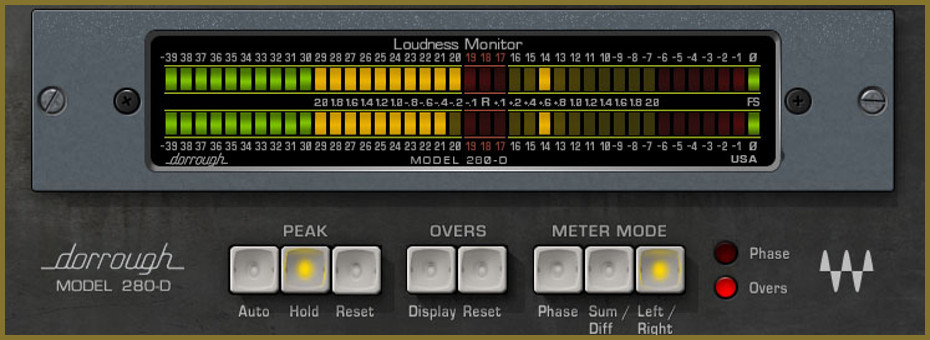MASTERING
MASTERING
Mastering is a form of post production that happens after the songs are mixed, and is the final quality control step that creates a “master copy” of the songs from which all future copies will be made.
Once the mix is done, mastering is the next and last step before release, and this process helps make sure the mix sounds polished and is properly delivered. It also ensures conformation with industry spec for CDs and online distribution.
So we went to the classic rock station here in San Diego this morning. They played “Can Do”…Sounded epic coming over the airwaves, great job! ~Kirk McKim
Request a mastering quote HERE.
Single Song Mastering
“Mastering a song” is a process where the stereo mix is enhanced and processed to a final sound quality and level, so it sounds competitive against other professional releases with respect to loudness, tone, clarity, punch, depth, and width on any playback system.
Mastering the song is a key step to giving a well-balanced mix the final push that makes it stand out and sound “finished”. Mastering also helps make sure the mix translates properly to any system the end listener may be using, from ear buds to car stereos to home theater systems.
Full Record Mastering
Mastering a record, or a full CD, is when the songs are placed in the proper order, with the in and out fades, timings, and song-to-song levels balanced for album flow and clarity. Each single song is still “mastered” individually, but in the context of the rest of the full album.
If the songs are intended for replication to CD or a complete record, Sean will provide the master CD with proper song spacing, embedded text, and ISRC codes, and can provide a DDP file for the replication facility. This master copy is what you send for replication when you order physical CDs. (In some cases, the replication company will have a utility for Sean to upload the entire CD for you right from his computer.)
Loudness
Loudness requirements have been updated for online streaming services, and some internet outlets have their own automatic volume adjuster on your uploads. This means you can still make a hot master, but we are more careful to comply with the automatic volume control apps on the various playback websites like iTunes, Spotify, and Apple Music.
Mastering is typically done with software, and various methods are used, depending on the source material. The goal is a competitive master that is full, clean, and balanced, and portrays the artist, the songs, and the mixes in their best light.
What I do in mastering:
- Do no harm
- Match level and quality from song to song
- Find reasonable and competitive final levels
- Smooth heads and tails fades
- Lay out the transitions from song to song if mastering for CD
- Save mastering session for revisions and updates if needed
- Embed CD text for artist, album title, and song titles
- Maximize clarity, fullness, size, and shape of the stereo mix
- Provide a listen copy on CD and a master CD copy for replication if required, and mp3s
- Provide a DDP file for replication
- Optional: Some replication facilities allow me to upload your master directly from my computer
Mastering includes:
- High resolution delivery
- DDP File if required
- Final CD with CD text and ISRC codes if required
- 24 bit, 16 bit, and MP3 files
- Competitive sound quality
- Ears of experience
- High quality tools for dynamics, spectral balancing, stereo control, punch, and clarity
- 1 revision
- Optional: Artwork assembly
For Mastering, please send:
- Stereo Wave Files
- 24 bit 44.1 KHz or better wave files
- Avoid limiting, clipping, distortion, or heavy master bus compression on mixes if possible
- Try to make sure peak levels are not too hot or too low, and average levels are reasonable
- Properly name and identify song titles, artist name, album title, and mix versions
- Song order for CDs if required
Request a quote HERE.
Mastering clients are encouraged to send mixes for critique prior to printing the final mix. Final artwork assembly can also be ordered to help make sure CD artwork conforms to the manufacturer’s specs.



